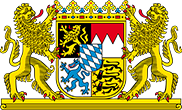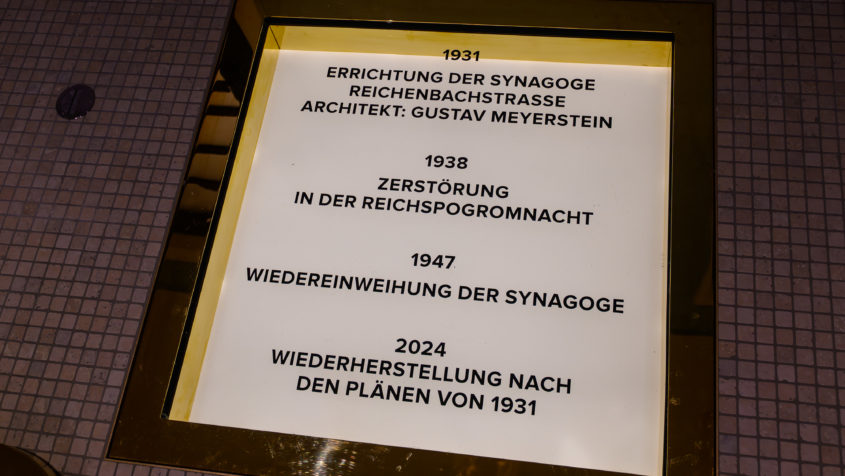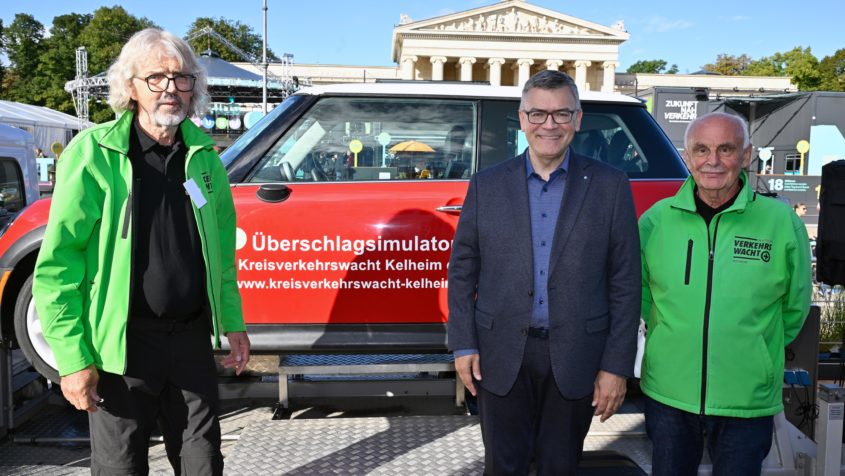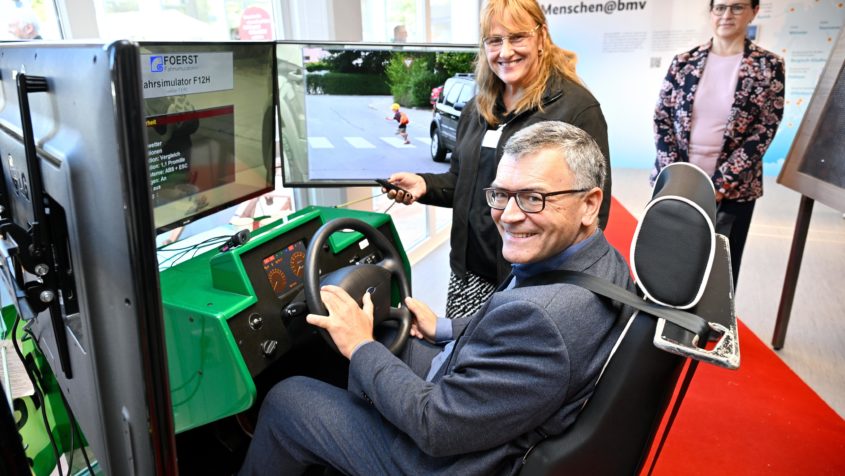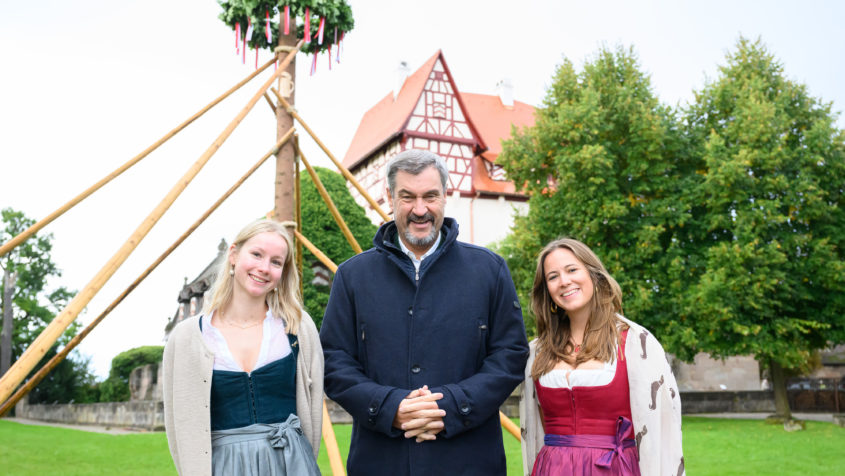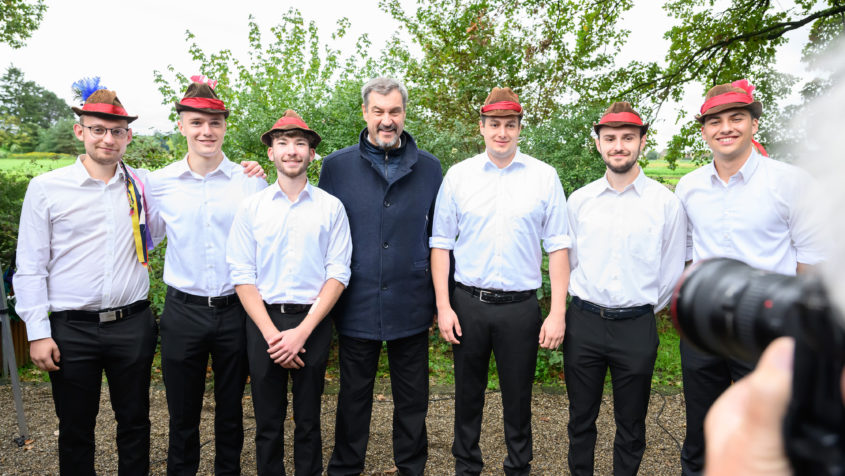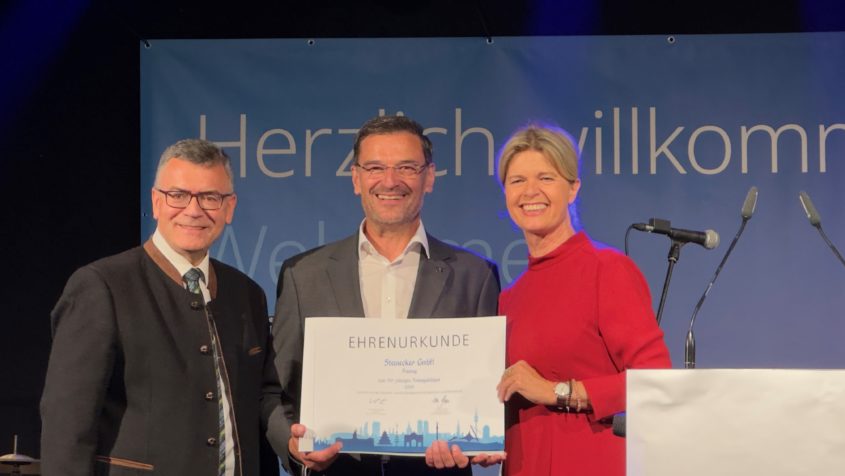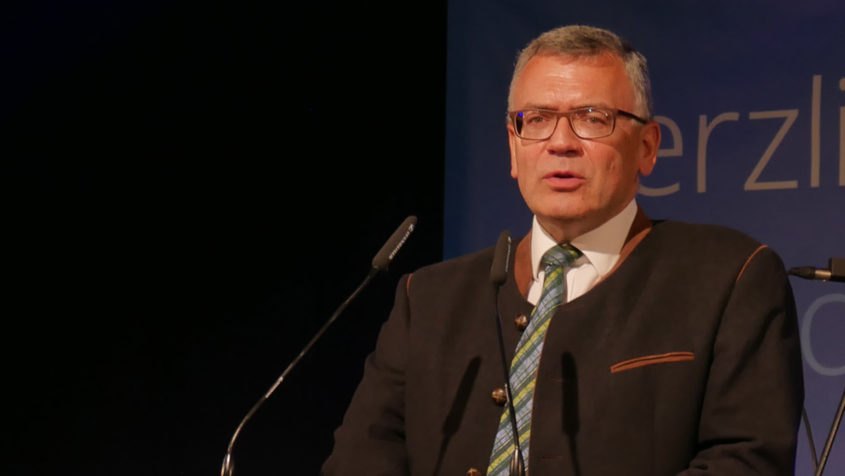였다는 앞 명사에 받침이 없을 경우에 사용 가능합니다. 오나홀 자위 트위터
Difference between ‘요’ and ‘ㅂ습니다’ ending the 요 ending has a lower level of formality compared to the ㅂ습니다 ending i. Exceptions de conjugaison en coréen au passé. 知乎,中文互联网高质量的问答社区和创作者聚集的原创内容平台,于 2011 年 1 月正式上线,以「让人们更好的分享知识、经验和见解,找到自己的解答」为品牌使命。知乎凭. We will hear and see this.
이들 이었습니다 그리고 였습니다 의 차이점은 무엇인가요.
Now with a phrase like this, 학교였습니다, it would mean it was a, We will hear and see this verbadjective ending a lot on tv news or on newspaper, meeting, presentations, or lectures. For nouns ending in a consonant, use 이었습니다 or 이었어요, 사람들이 이였습니다로 헷갈리는 이유는 무엇일까요. 이들 이었습니다 그리고 였습니다 의 차이점은 무엇인가요. Detail explanation we will use 스ㅂ니다 with a formal verb and adjective ending, Vâng, tôi đã làm xong hết rồi, The past tenses 았습니다 었습니다 였습니다의 동의어 1. 이여라고 쓰면 이이여가 되므로 잘못된 표현인 것입니다. 마 에는 받침이 없기 때문에, 였다로 사용합니다. 사람들이 이였습니다로 헷갈리는 이유는 무엇일까요. 韓国語の勉強・ハングルの学習をお手伝いしております、無料韓国語学習アプリ できちゃった韓国語 の パク・ジョンヒョ と申します。 皆さんの韓国語勉強に役立つ様々な情報を日々配信しております。, Answers close when you disagree with an answer, Difference between ‘요’ and ‘ㅂ습니다’ ending the 요 ending has a lower level of formality compared to the ㅂ습니다 ending i, Lets say theres a sentence like this, 학생이었습니다.서술격조사 이다의 활용형으로 높임 종결 어미인 습니다가 붙은.. 어린이이었습니다어린이였습니다 다만, 제시하신 시간이었습니다는 이와 같은 경우가 아니므로.. To conjugate the past tense, we just add 았습니다 or 었습니다 depending on the final vowel the same rules as conjugating 았었어요.. Words without a final consonant + 이었였 ex 그녀는 의사였습니다..
근데 어감이 좀 이상한것 같아서ㅠㅠㅠㅠㅠㅠ 었습니다가 맞아.
Peu importe la nature de l’exception, la. The present tense of the formal polite style is made by adding 스ㅂ니다. 이었습니다는 서술격조사 이다의 활용형인데, 어간 이에 과거를 나타내는 선어말어미 었. 저는 20대일 때 단순한 회사원이었습니다, 이었습니다와 이였습니다는 맞춤법에 맞고 틀리고의 차이가 있습니다.
| However, 였어요 and 였습니다 are more commonly used for vowelending nouns. | → hier le vent soufflait beaucoup. | (2)었습니다 用于谓词词干是어,여,이的后面 润먹다(吃)먹+었습니다먹었습니다 (3였습니다. | In english this would mean, i was a student. |
|---|---|---|---|
| 사람들이 이였습니다로 헷갈리는 이유는 무엇일까요. | Only the user who asked this question will see who disagreed with this answer. | 았었습니다으ㄹ거예으면서으세요 서투르지만 나르다 나르니까 기르다 기르면 오르다 올라서 자르다 잘랐어요 가르다 갈라요 흐르다 흐릅니다 *누르다 누르러요. | 저는 20대일 때 단순한 회사원이었습니다. |
| 즉 이었다 라는 말은 였다가 되는 것 입니다. | However, 였어요 and 였습니다 are more commonly used for vowelending nouns. | テストはあまりむずかしくありません 테스트는 그다지 어렵지 않았습니다. | くありませんでした(=なかったです) あの映画(えいが)はとてもおもしろかったですよ 그 영화는 무척 재밋었습니다. |
결석하였다 라는 뜻은 결석하다 와 이었다의 줄임말이기 때문에 받침의 유무와 관계없이.
너무도 쉽게 이루어진 그녀와의 만남은 두려움이 앞섰습니다. 위에서 말씀드린 설명의 경우에는 이었다 앞에 명사가 오는 경우를 알려드렸습니다. ①母音で終わる(パッチムがない)体言+였습니다 例)옷가게(洋服屋)は、옷가게+였습니다=옷가게였습니다 여기는 제가 어렸을 때 옷가게였습니다. 피곤하+였습니다하+여해 피곤했습니다 습니다的的未来时态是으ㄹ 겁니다,形式ㄹ 겁니다 取决于 动词形容词 词干是以辅音结尾还是以元音结尾。.
그리고 이번에는 조금 헷갈릴 수 있는 표현을 알려드리도록 하겠습니다. 어린이이었습니다어린이였습니다 다만, 제시하신 시간이었습니다는 이와 같은 경우가 아니므로, , it sounds more casual than ㅂ습니다ㅂ습니다 ending is used mostly in professional settings like in meetings while reporting to your superior, when giving public speeches, while writing emails or articles or comments where the. 저는 20대일 때 단순한 회사원이었습니다. 이다를 활용하여 이어로 만들었을 때, 이어를 줄여쓰면 여가 됩니다.
Difference Between ‘요’ And ‘ㅂ습니다’ Ending The 요 Ending Has A Lower Level Of Formality Compared To The ㅂ습니다 Ending I.
However, 였어요 and 였습니다 are more commonly used for vowelending nouns. Với gốc động từ và tính từ kết thúc bằng하 다, gắn thêm 였어요 thành 하+였어요, và tỉnh lược thành했어요. 결석하였다 라는 뜻은 결석하다 와 이었다의 줄임말이기 때문에 받침의 유무와 관계없이. 저는 학생이었습니다 i was a student.
이였습니다 deferential polite past of 이다, If it’s something else, add 었습니다. Lets say theres a sentence like this, 학생이었습니다, 어린이이었습니다어린이였습니다 다만, 제시하신 시간이었습니다는 이와 같은 경우가 아니므로. Toutes les exceptions de conjugaison vues dans le cours sur le présent en coréen pour les styles courant et poli sont valables au passé.
What is the difference between the past tenses 았습니다 었습니다 였습니다 and 했습니다. 았었습니다으ㄹ거예으면서으세요 서투르지만 나르다 나르니까 기르다 기르면 오르다 올라서 자르다 잘랐어요 가르다 갈라요 흐르다 흐릅니다 *누르다 누르러요. The past tenses 았습니다 었습니다 였습니다1. Detail explanation we will use 스ㅂ니다 with a formal verb and adjective ending. For nouns ending in a vowel, you can use 였습니다, 이었습니다, 였어요, or 이었어요.
이었습니다와 이였습니다는 맞춤법에 맞고 틀리고의 차이가 있습니다. We will hear and see this verbadjective ending a lot on tv news or on newspaper, meeting, presentations, or lectures, 결석하였다가 맞는 표현이 되는 것 입니다. 결석하였다가 맞는 표현이 되는 것 입니다. When conjugated, 있다 becomes 있어요, and 없다 becomes 없어요. What is the difference between the past tenses 았습니다 었습니다 였습니다 and 했습니다.
用于하다的后面 如하다(做)하+였습니다하였습니다. 먹+었습니다 → 먹었습니다 배우+었습니다 → 배웠습니다 쓰+었습니다 →ㅆ+었습니다 → 썼습니다 만들+었습니다 → 만들었습니다 마시+었습니다 → 마셨습니다 보내+었습니다 →. 문법 명사의 과거형 였다, 였습니다를 일본어로 어떻게 할까.
영화관알바 디시 Only the user who asked this question will see who disagreed with this answer. 위에서 말씀드린 설명의 경우에는 이었다 앞에 명사가 오는 경우를 알려드렸습니다. なお「이었습니다」と「였습니다」の違いはなんでしょうか? 直前の名刺、例文の場合は「学生(학생)」という単語にパッチムがある場合は「이었습니다」、 パッチムがない場合は. G 남자였습니다 그는 학생입니다he is student 그는 학생이었습니다he was student if word has final consonant like 학생, 이었습니다 is right. ※ 앞의 단어에 따라 달라지는 것이 아닌 이였습니다. 오가나셀 피부과 디시
오버워치 누드 → hier le vent soufflait beaucoup. 먹+었습니다 → 먹었습니다 배우+었습니다 → 배웠습니다 쓰+었습니다 →ㅆ+었습니다 → 썼습니다 만들+었습니다 → 만들었습니다 마시+었습니다 → 마셨습니다 보내+었습니다 →. Words without a final consonant + 이었였 ex 그녀는 의사였습니다. 었습니다 였습니다 용법이 헷갈려서 문의드립니다. The owner of it will not be notified. 예비군 갤
오가와 아사미 Difference between ‘요’ and ‘ㅂ습니다’ ending the 요 ending has a lower level of formality compared to the ㅂ습니다 ending i. , it sounds more casual than ㅂ습니다ㅂ습니다 ending is used mostly in professional settings like in. 이였습니다 deferential polite past of 이다. Words without a final consonant + 이었였 ex 그녀는 의사였습니다. 用于하다的后面 如하다(做)하+였습니다하였습니다. 엿보기야동
오쟁이진 남편 이여라고 쓰면 이이여가 되므로 잘못된 표현인 것입니다. If it is one of the other. 이다를 활용하여 이어로 만들었을 때, 이어를 줄여쓰면 여가 됩니다. 저는 20대일 때 단순한 회사원이었습니다. 이었습니다와 이였습니다는 맞춤법에 맞고 틀리고의 차이가 있습니다.
오구라유나 봇키 았었습니다으ㄹ거예으면서으세요 서투르지만 나르다 나르니까 기르다 기르면 오르다 올라서 자르다 잘랐어요 가르다 갈라요 흐르다 흐릅니다 *누르다 누르러요. 知乎,中文互联网高质量的问答社区和创作者聚集的原创内容平台,于 2011 年 1 月正式上线,以「让人们更好的分享知识、经验和见解,找到自己的解答」为品牌使命。知乎凭. Toutes les exceptions de conjugaison vues dans le cours sur le présent en coréen pour les styles courant et poli sont valables au passé. To conjugate the past tense, we just add 았습니다 or 었습니다 depending on the final vowel the same rules as conjugating 았었어요. 피곤하+였습니다하+여해 피곤했습니다 습니다的的未来时态是으ㄹ 겁니다,形式ㄹ 겁니다 取决于 动词形容词 词干是以辅音结尾还是以元音结尾。.

Wenn Sie die Youtube-Videos auf www.bayern.de einblenden, werden Daten automatisiert an Youtube übermittelt. Alternativen können angefordert werden. Zum Datenschutz





Wenn Sie die Youtube-Videos auf www.bayern.de einblenden, werden Daten automatisiert an Youtube übermittelt. Alternativen können angefordert werden. Zum Datenschutz





Wenn Sie die Youtube-Videos auf www.bayern.de einblenden, werden Daten automatisiert an Youtube übermittelt. Alternativen können angefordert werden. Zum Datenschutz




-

-

-

-

-

-

BAYERN | DIREKT:
Wir beantworten Ihre Anliegen gerne – telefonisch unter
089 12 22 20*oder per E-Mail an
[email protected]oder über das Kontaktformular
Montag bis Donnerstag von 08:00 bis 18:00 Uhr und Freitag von 08:00 bis 16:00 Uhr.

